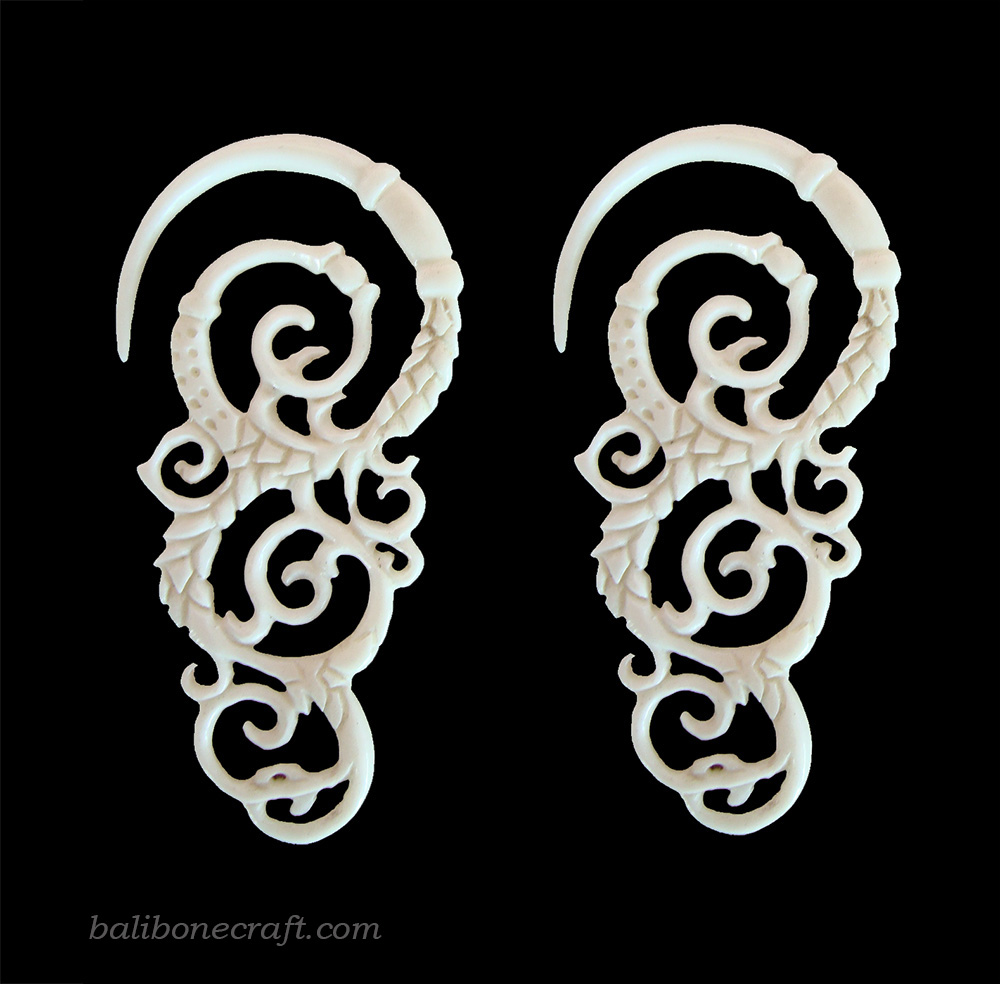 Jewelry is small decorative items worn for personal adornment, such as brooches, rings, necklaces, earrings, and bracelets. Jewelry may be attached to the body or the clothes, and the term is restricted to durable ornaments, excluding flowers for example. For many centuries metal, often combined with gemstones, has been the normal material for jewelry, but other
Jewelry is small decorative items worn for personal adornment, such as brooches, rings, necklaces, earrings, and bracelets. Jewelry may be attached to the body or the clothes, and the term is restricted to durable ornaments, excluding flowers for example. For many centuries metal, often combined with gemstones, has been the normal material for jewelry, but other
materials such as shells and other plant materials may be used. It is one of the oldest type of archaeological artifact – with 100,000-year-old beads made from Nassarius shells thought to be the oldest known jewelry. The basic forms of jewelry vary between cultures but are often extremely long-lived; in European cultures the most common forms of jewelry listed above have persisted since ancient times, while other forms such as adornments for the nose or ankle, important in other cultures, are much less common. Historically, the most widespread influence on jewelry in terms of design and style has come from Asia.
 Jewelry may be made from a wide range of materials, but gemstones and similar materials such as amber and coral, precious metals, beads, and shells have been widely used, and enamel has often been important. In most cultures jewelry can be understood as a status symbol, for its material properties, its patterns, or for meaningful symbols. Jewelry has been made to adorn nearly every body part, from hairpins to toe rings, and even genital jewelry. The patterns of wearing jewelry between the sexes, and by children and older people can vary greatly between cultures, but adult women have been the most consistent wearers of jewelry in modern European culture the amount worn by adult males is relatively low compared with other cultures and other periods in European culture.
Jewelry may be made from a wide range of materials, but gemstones and similar materials such as amber and coral, precious metals, beads, and shells have been widely used, and enamel has often been important. In most cultures jewelry can be understood as a status symbol, for its material properties, its patterns, or for meaningful symbols. Jewelry has been made to adorn nearly every body part, from hairpins to toe rings, and even genital jewelry. The patterns of wearing jewelry between the sexes, and by children and older people can vary greatly between cultures, but adult women have been the most consistent wearers of jewelry in modern European culture the amount worn by adult males is relatively low compared with other cultures and other periods in European culture.
The word jewelry itself is derived from the word jewel, which was anglicized from the Old French “joule” and beyond that, to the Latin word “jocale”, meaning plaything. In British English, New Zealand English, Hiberno-English, Australian English, and South African English it is spelled jewelry, while the spelling is jewelry in American English.
A bone is a rigid organ that constitutes part of the vertebral skeleton. Bones support and protect the various organs of the body, produce red and white blood cells, store minerals and also enable mobility as well as support for the body. Bone tissue is a type of dense connective tissue. Bones come in a variety of shapes and sizes and have a complex internal and external structure. They are lightweight yet strong and hard, and serve multiple functions. Mineralized osseous tissue, or bone tissue, is of two types, cortical and cancellous, and gives a bone rigidity and a coral-like three-dimensional internal structure. Other types of tissue found in bones include marrow, endosteum, periosteum, nerves, blood vessels and cartilage.
 Bone is an active tissue composed of different types of bone cells. Osteoblasts are involved in the creation and mineralisation of bone; osteocytes and osteoclasts are involved in the reabsorption of bone tissue. The mineralised matrix of bone tissue has an organic component mainly of collagen and an inorganic component of bone mineral made up of various salts.
Bone is an active tissue composed of different types of bone cells. Osteoblasts are involved in the creation and mineralisation of bone; osteocytes and osteoclasts are involved in the reabsorption of bone tissue. The mineralised matrix of bone tissue has an organic component mainly of collagen and an inorganic component of bone mineral made up of various salts.
In the human body at birth, there are over 270 bones, but many of these fuse together during development, leaving a total of 206 separate bones in the adult, not counting numerous small sesamoid bones. The largest bone in the body is the thigh-bone (femur) and the smallest is the stapes in the middle ear.
Bone jewelry is jewelry that is primarily made from any kind of bones. Bone jewelries is a type of bonecraft. One very common form of bone jewelry is necklaces that are composed of large numbers of beads, where each individual bead is the whole (but often drilled). Numerous other varieties of bone jewelry are made, including bracelets and earrings.
In recent times, inexpensive bone jewelry is often found at tropical beach destinations, where it is offered to tourists as informal wear, or as a souvenir. However, bone jewelry has a very ancient past, and is of great importance in archaeology and anthropology. In fact, bone beads are the oldest form of jewelry known, dating back over 100,000 years.
[source : wikipedia.org]